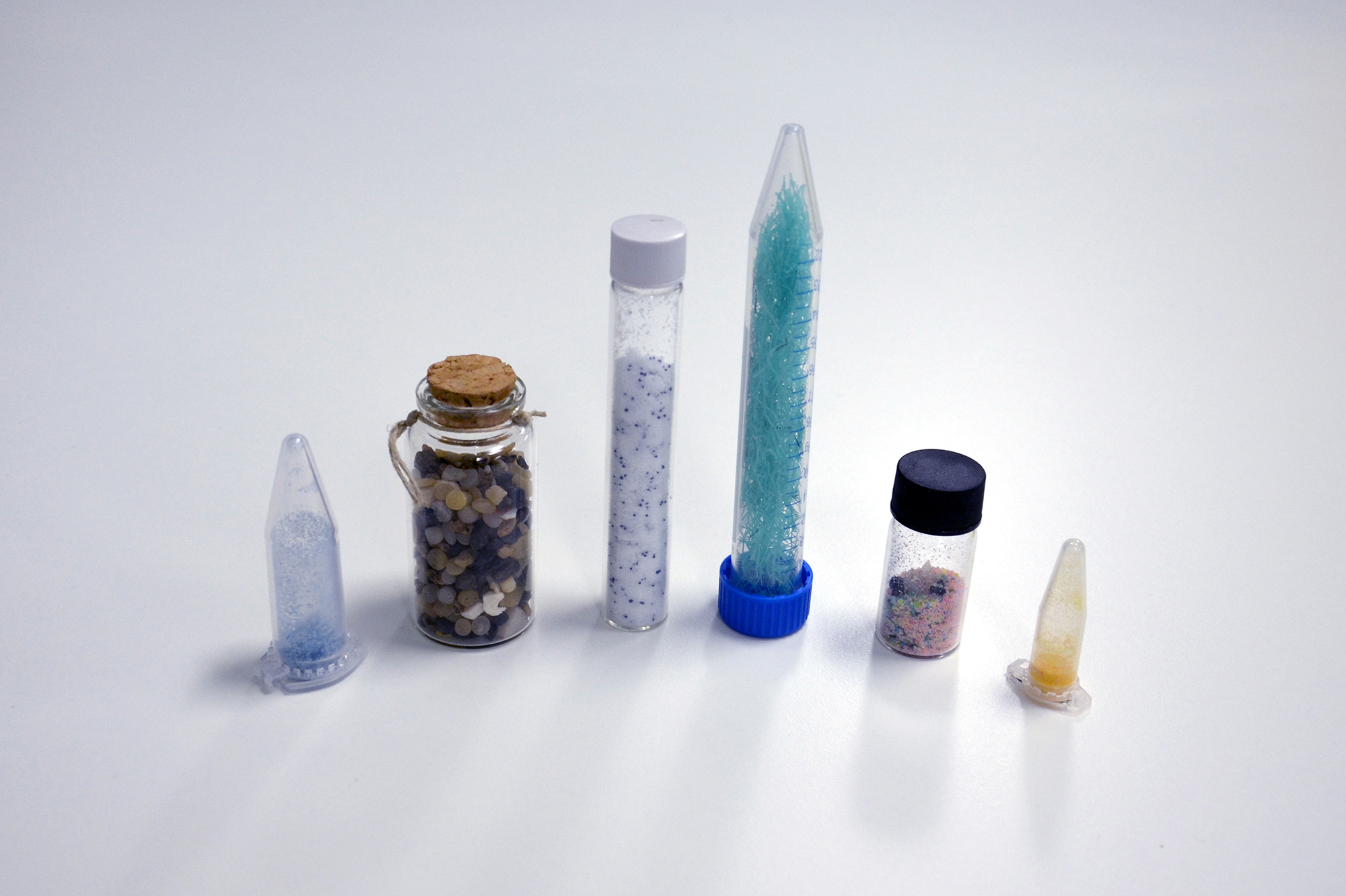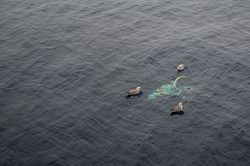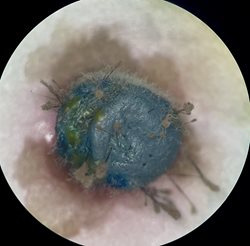Story
Microplastic research round-up
11 November 2023
There has been a flurry of microplastic research papers involving Plymouth Marine Laboratory (PML) scientists published over the last month.
 As such, we thought we would take this opportunity to highlight how the different strands of research at PML come together to further our understanding of the effects and dynamics of microplastics in the natural world and develop new techniques to explore their impacts.
As such, we thought we would take this opportunity to highlight how the different strands of research at PML come together to further our understanding of the effects and dynamics of microplastics in the natural world and develop new techniques to explore their impacts.The first paper shared was on a fieldwork study looking at microplastic concentration in the Barents Sea to quantify, characterise and determine the distribution of microplastics in this region of the Arctic Ocean, with a focus on potential impacts to zooplankton. The study team go on to suggest that ocean circulation, ice melt, tourism, inadequate waste management, shipping and fishing are all likely contributors.

Field sampling campaigns are essential to quantify and characterise microplastics in different environments. PML scientists have been working on the assessment of microplastics across the world, from our local waters to the remote polar regions, as well as developing and refining sampling and laboratory protocols to assess these samples.
The second paper was a lab-based study that compared the efficiency and efficacy of methods to culture microplastic-colonising bacteria, known as the ‘Plastisphere’. This study contributes to establishing the risk of microplastics supporting the enrichment and spread of pathogenic and/or antimicrobial-resistant (AMR) microorganisms, potentially increasing human or animal exposure to disease-causing, drug-resistant microbes.

Field and lab studies provide crucial information to feed into other scientific disciplines, such as modelling and satellite Earth observation. A recent PML study combined fieldwork, lab-analysis and satellite observations to explore a technique that could provide a cost-effective approach to supplement microplastic monitoring and provide higher frequency observations.
Satellite Earth observation can provide regular observations over large areas and has therefore been identified as a tool that has the potential to provide insights into marine plastic litter dynamics to help fill the data gaps between direct sampling activities.
PML’s Earth observation scientists are at the forefront of methods for detecting marine debris aggregations and predicting areas at risk of floating marine litter accumulations on the ocean surface using satellites, and characterising plastic debris on our coasts using specially-developed drones. However, for microplastics, which we cannot see directly from space, PML have been investigating the use of indirect measures (or proxies) to help inform estimates of microplastic concentrations and fluxes.
Focusing on the River Tamar on the border of Devon and Cornwall in the UK, the interdisciplinary research team set out to determine if a regional relationship between suspended particulate matter (SPM), a satellite-observable water quality parameter, and microplastics could be established.
The results were encouraging and showed a significant correlation between SPM and sampled microplastic concentrations in the Tamar. This relationship was used to produce maps of proxy microplastic concentration and demonstrated estimation of microplastic flux for this system.
The study adds to the growing body of literature showing how such proxies could be applied to other large rivers where water quality proxy relationships can be established, to help improve estimates of the dynamics of microplastic litter and provide simple monitoring tools for the relevant authorities and stakeholders.
Interdisciplinary research is essential for addressing key environmental challenges such as marine plastic, in additional to other pollutants threatening our ocean ecosystems.
HOT OFF THE PRESS!
New research paper published on the 'plastisphere' highlights three mechanisms by which antimicrobial resistance evolution may be driven in the Plastisphere. Read the paper in the Science of the Total Environment journal.Related information
Ocean circulation, ice melt and increasing tourism could all be contributing to Arctic microplastics
Improving methods to study the ‘Plastisphere’
Full paper: In situ correlation between microplastic and suspended particulate matter concentrations in river-estuary systems support proxies for satellite-derived estimates of microplastic flux
Full paper: Selection for antimicrobial resistance in the plastisphere
What happened at the Global Plastics Summit?